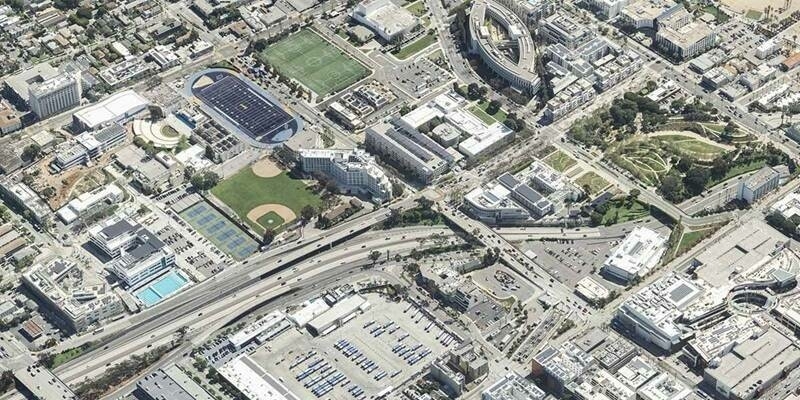Victor Vescovo’s US-based marine technology development company Caladan Oceanic has provided financial support and guidance to Greenwater Foundation to source new mapping data of the seafloor in coastal areas of Greenland using Satellite-Derived Bathymetry (SDB).
This initiative will support the mission of The Nippon Foundation-GEBCO Seabed 2030 Project, which aims to compile a map of the entire seafloor by the year 2030 and has already contributed SDB data to countries including the United States, Japan, Canada, Kenya, Mozambique, Equatorial Guinea, Tonga, and numerous other countries.
Together, these parties have contracted with the world leader in mapping the seafloor using satellite data in the visible and other spectra of light, TCarta of Denver, Colorado. Over the past year, never before has so much coastal satellite-derived bathymetry been charitably contributed in a single contribution to Seabed 2030. The minimum resolution of the contributed imagery is 100m but some of the contributed data is as high-resolution as 10 meters to provide even higher safety of navigation data to the local communities. TCarta has the ability to produce even finer imagery, as high as 0.5 meters in resolution, for specifically commissioned commercial products as well as marine asset or habitat mapping.
The project has contributed 11,000 square kilometers to Greenland at an average resolution of 10 meters including SDB data of key cities of Nuuk and Narsaq and will also be providing more general 100-meter resolution data for the region. The data was provided to Karl Brix Zinglersen (Head of Department, Department of Environment and Minerals Pinngortitaleriffik, Greenland Institute of Natural Resources) and will be used to provide more awareness about potential coastal hazards, enable more precise fisheries and resource management, and for other marine scientific uses.
SDB offers the benefits of an extremely short timeframe from collection to delivery when compared with boat or airplane-based methods, making this an ideal technology for mapping coastal areas in Greenland where repeated mapping with aircraft is costly and can take years to process and release the data. SDB also provides the lowest carbon footprint per square kilometer mapped compared to aircraft or ship-derived mapping.
Subscribe to our newsletter
Stay updated on the latest technology, innovation product arrivals and exciting offers to your inbox.
Newsletter

